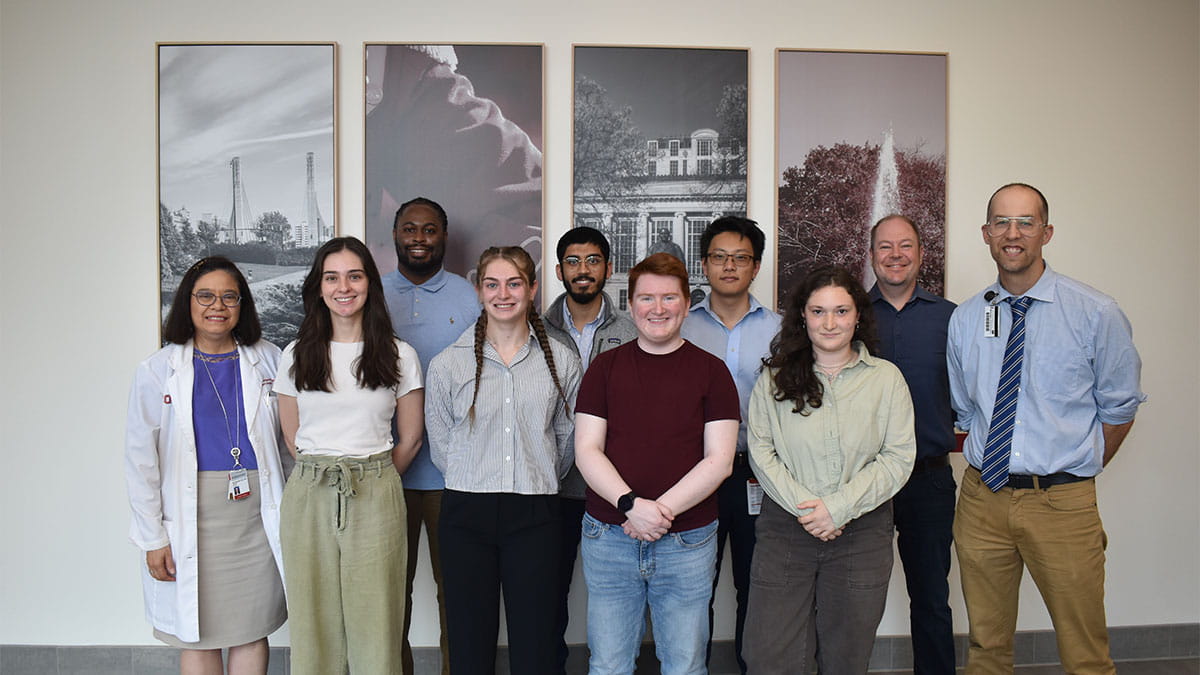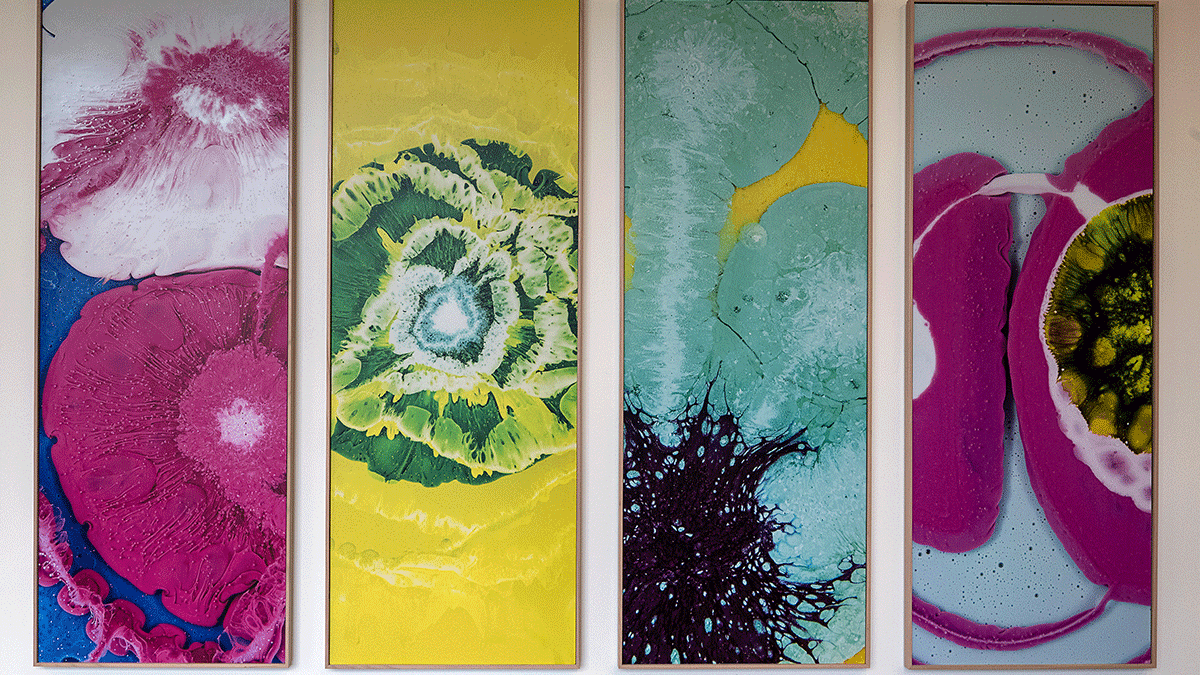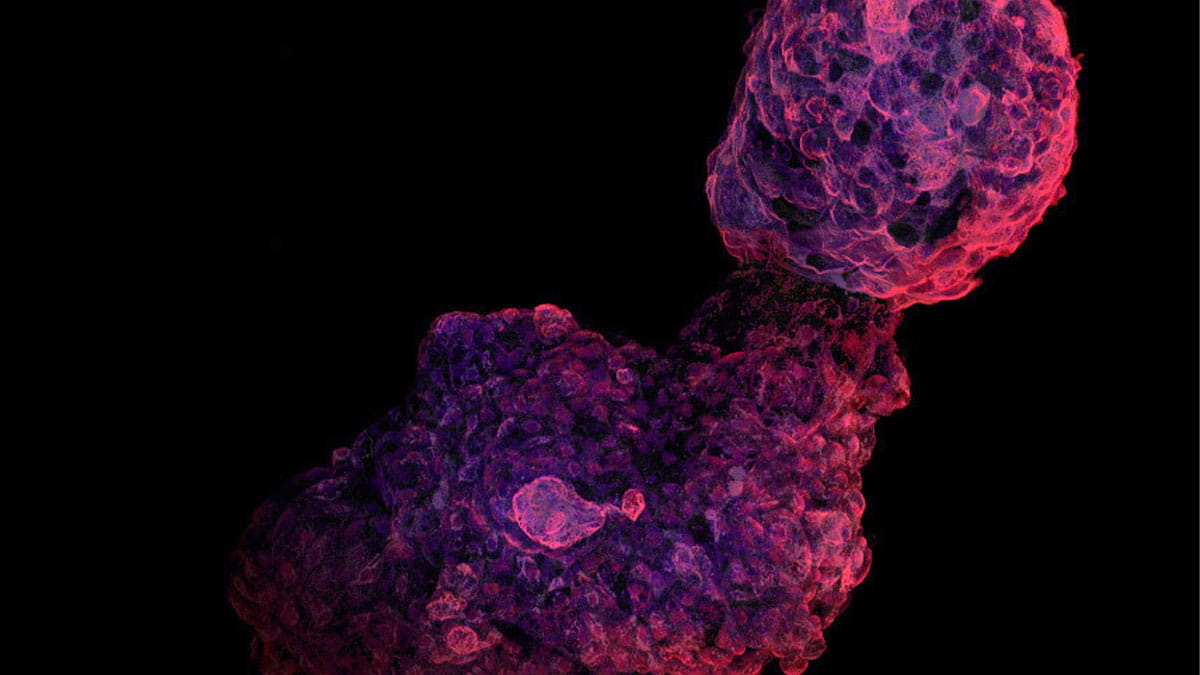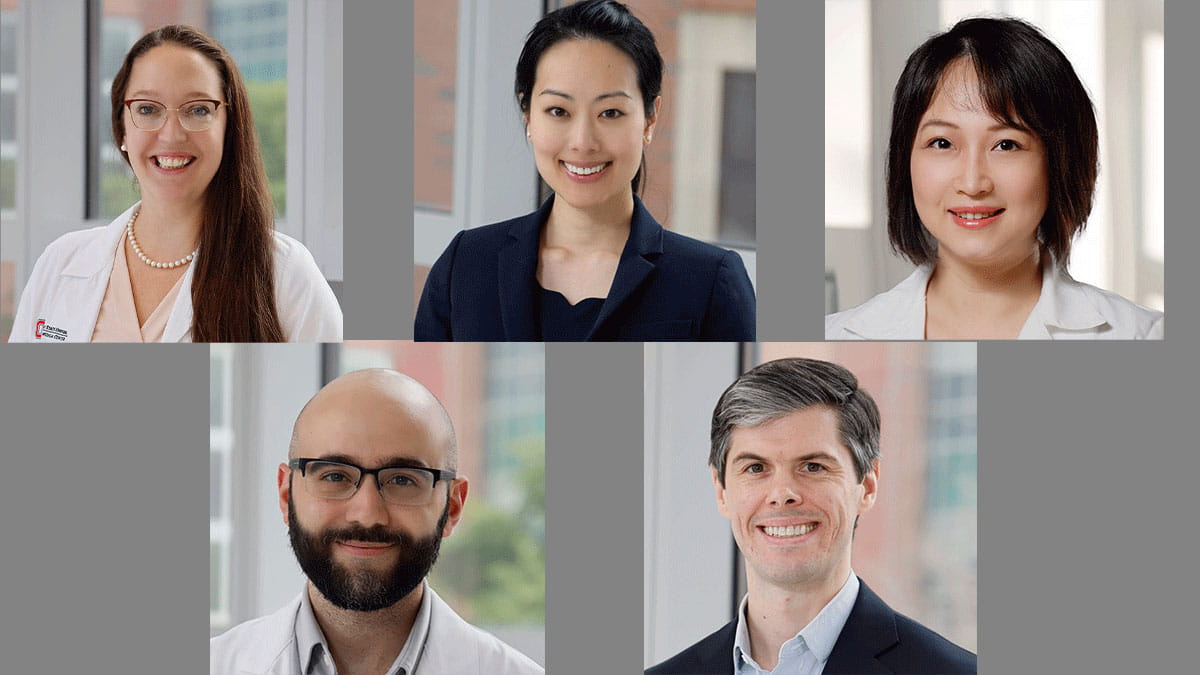New NIH-supported training program aims to boost physician-scientist pipeline and expose medical students to research

Working in a transplant unit after earning his bachelor’s and master’s degrees in biology, Shane Walters discovered how much he loved interacting with patients, and he knew medical school was the right next step.
But he also worked with physicians who ran labs and conducted the kind of basic science and translational research that had long been his passion, and it opened his eyes.
“The experience really instilled in me that I could pursue the MD path while still being heavily involved in research,” says Walters, now a rising third-year medical student at The Ohio State University College of Medicine, who is taking a year to focus on research before returning to medical school curriculum.
This summer, Walters is one of eight medical students pursuing research opportunities through a new federally funded training program at the Ohio State College of Medicine that aims to expand and strengthen the physician and surgeon scientist pipeline — bolstering a vital component of the biomedical research workforce.
The Short-Term Research in Immunology and Virology Experience (STRIVE) provides a 12-week research program for medical students, primarily during the summer between their first and second years of medical school. Supported by a five-year, $520,000 T35 grant from the National Institutes of Health, the program offers students an opportunity to gain exposure to and consider research early on in their medical education.
While some learners are interested in pursuing a dual MD-PhD degree, others without sufficient mentorship or research experiences may not be aware of or ready to commit to a medical research career. There are multiple paths one can take to become a physician-scientist, and the STRIVE T35 program increases the availability of entry points, says Ginny Bumgardner, MD, PhD, professor of Surgery and associate dean for Physician Scientist Education Training in the College of Medicine.
“It is absolutely essential that we have physicians and surgeons who understand both medicine and science in order to take advantage of all the scientific discoveries and innovations that are happening and can be applied to developing new clinical treatments and improving patient care,” says Dr. Bumgardner.
The new training grant represents a vital investment in the future of academic medicine, says Carol R. Bradford, MD, MS, FACS, dean of the College of Medicine.
“By providing this opportunity for early, hands-on research experience for medical students, we are cultivating the next generation of clinician-scientists who will drive innovation and improve patient care,” says Dr. Bradford. “This program reflects our deep commitment to mentorship and discovery.”
The program is led by a multidisciplinary team including Ben Kaffenberger, MD, associate professor of Dermatology; Ken Oestreich, PhD, associate professor of Microbial Infection and Immunity; and Dr. Bumgardner. It focuses on research in immunology and virology, which are central to understanding health and disease across all medical specialties. Throughout the summer, each student is paired with a faculty mentor to develop and conduct a research project. The program also includes research seminars and workshops; instruction on rigor, reproducibility and research ethics; clinical experiences that illustrate research correlations; and career development activities.
Maya Neidhart, a rising second-year medical student, is investigating the role of prenatal stress on immune cell populations in the placenta for her STRIVE research project, which aligns with her interests in neuroscience and women’s health.
“As a first-generation medical student, having access to programs like this has been incredibly meaningful,” Neidhart says. “The opportunity to connect with mentors, shadow physicians and researchers and build a professional network has been invaluable.”
Nigel Miller, a rising second-year medical student, is excited about his STRIVE research project, which centers on preventing primary graft dysfunction — a severe injury that can occur after lung transplants — as well as being part of a group of students with similar interests in research.
“To be in a cohort with people who see the value of research in medicine is a great experience,” he says. “It’s inspiring to connect with others on a similar path, who recognize that medicine is a lifelong learning journey.”



